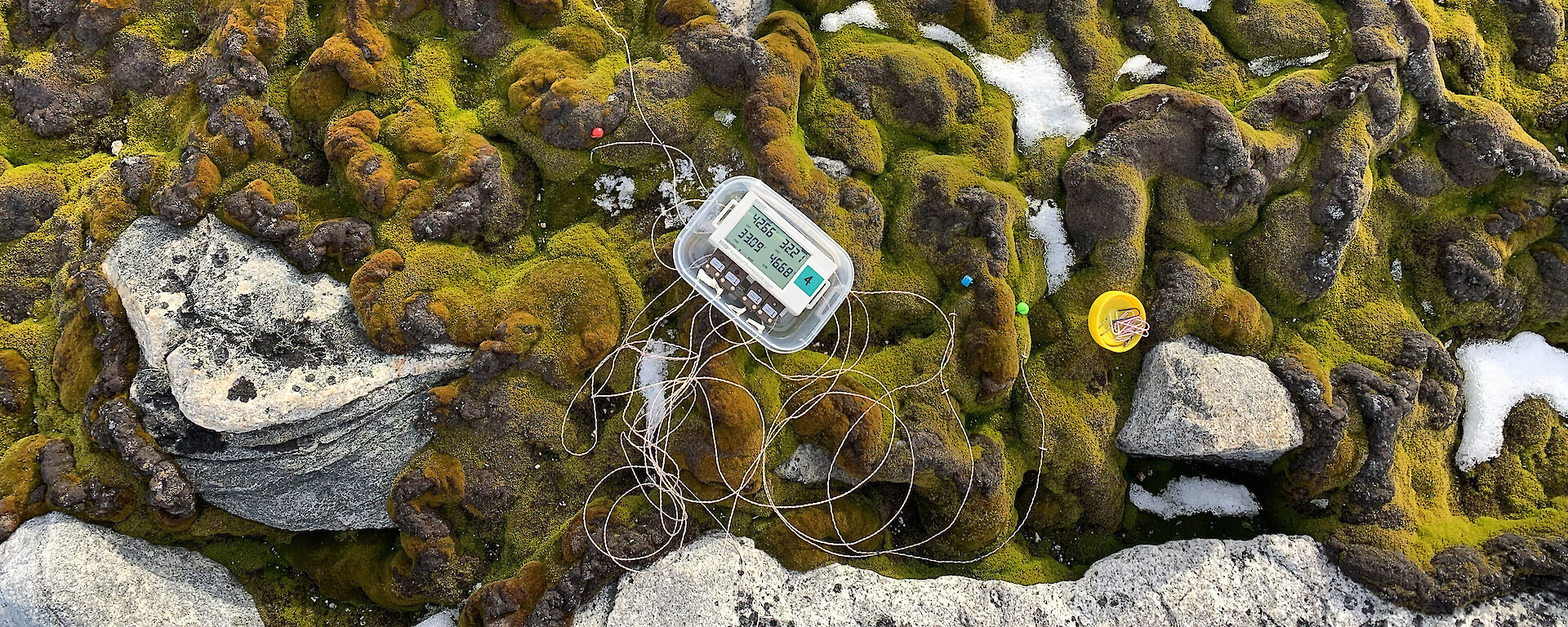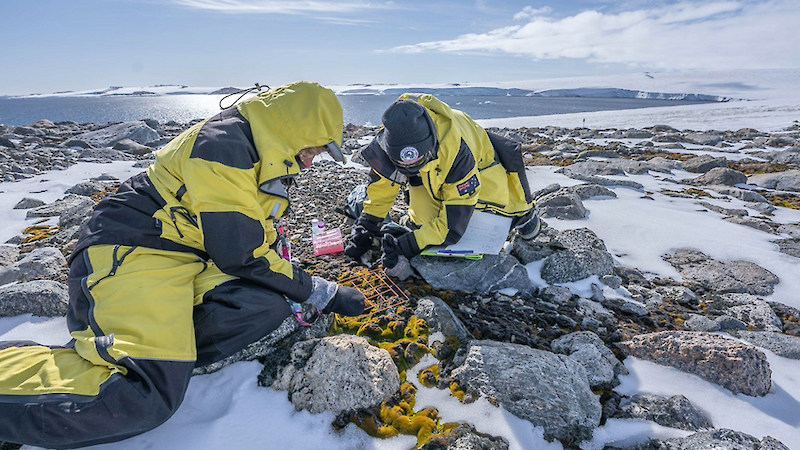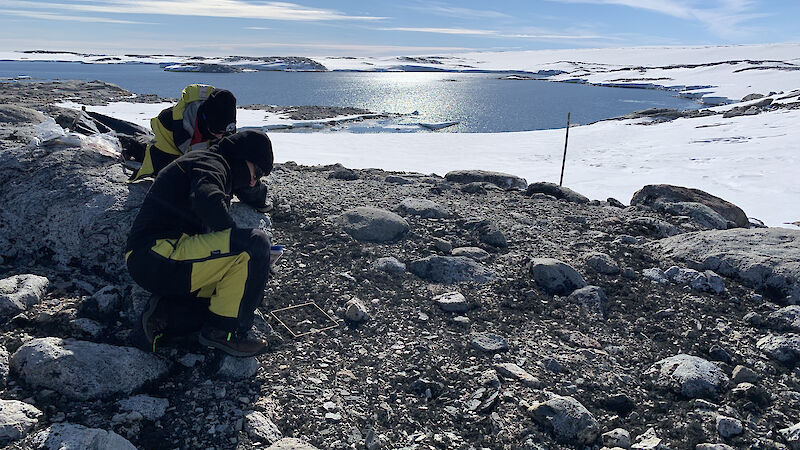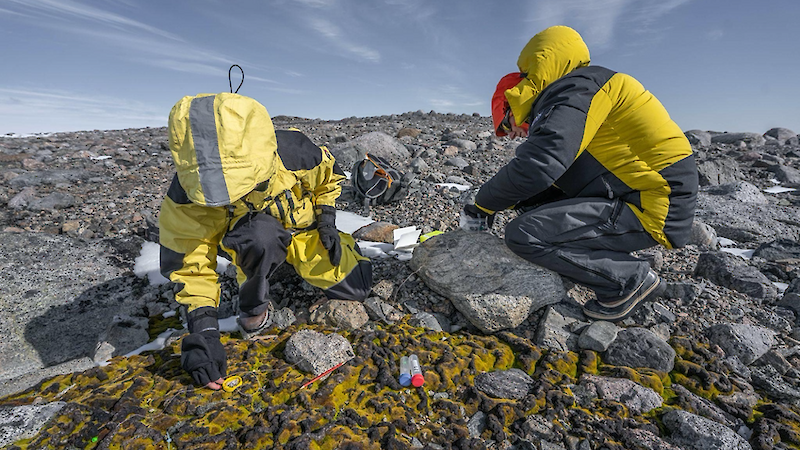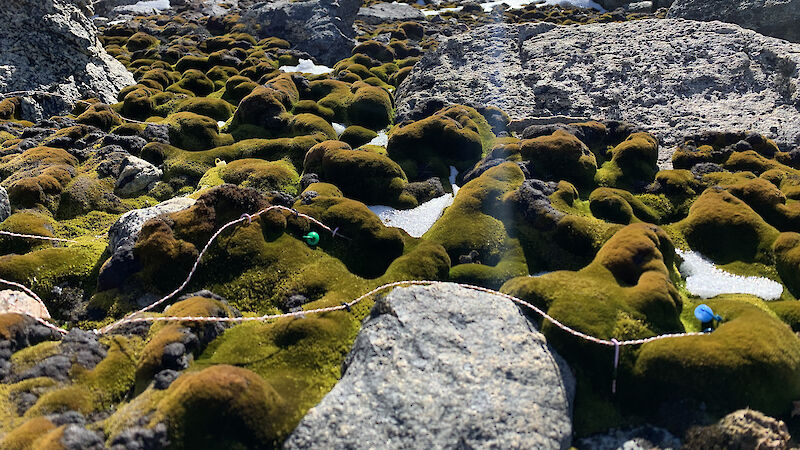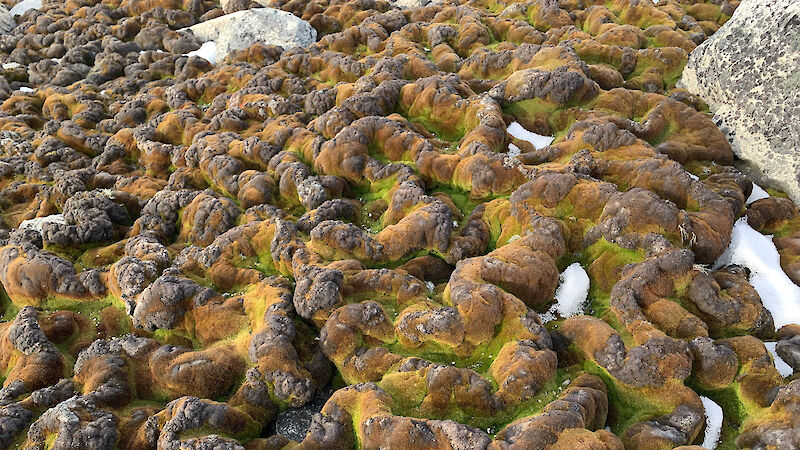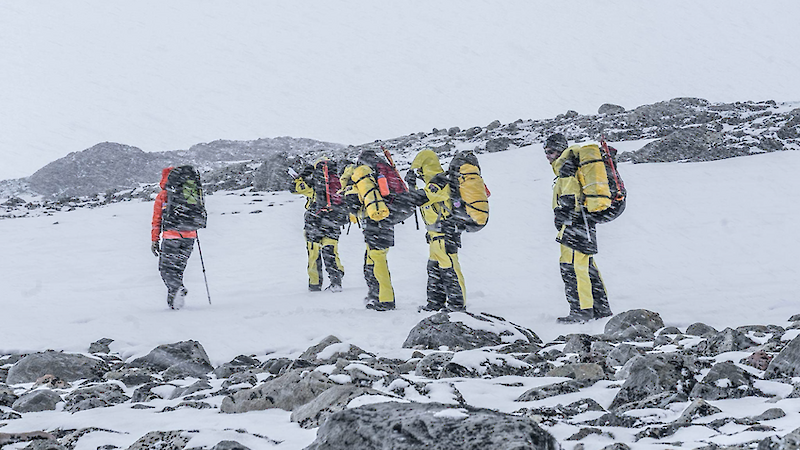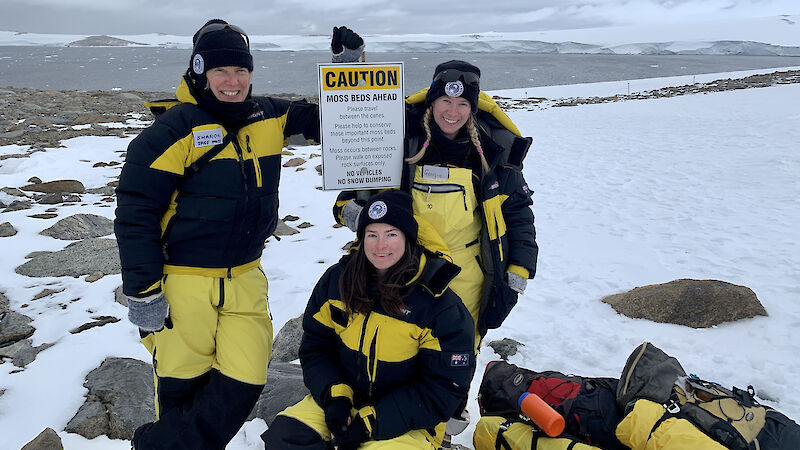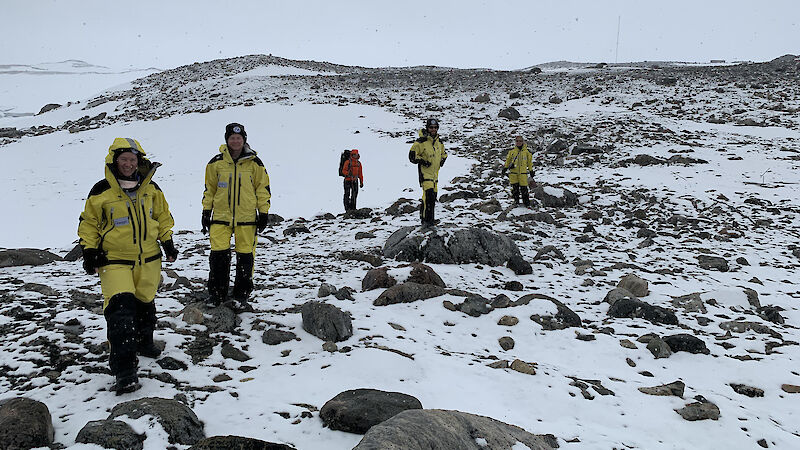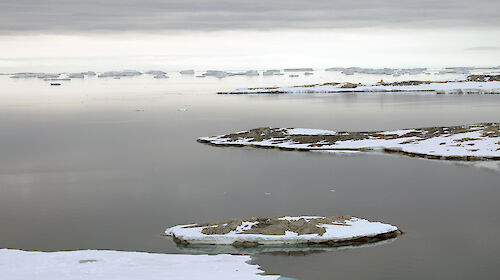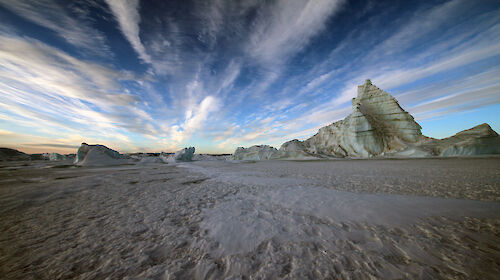For the past 25 years, Professor Sharon Robinson from the University of Wollongong has visited the site to understand the ecological roles played by moss.
This season Prof Robinson and a new team from Securing Antarctic Environmental Future (SAEF) travelled south.
The million dollar moss question … what’s changed?
“When I last visited in 2013, the samples we collected showed that the Windmill Islands region near Casey station is becoming drier,” Prof Robinson said.
“The health of the moss beds was declining and a species of moss that prefers drier conditions was more abundant than in the past.”

